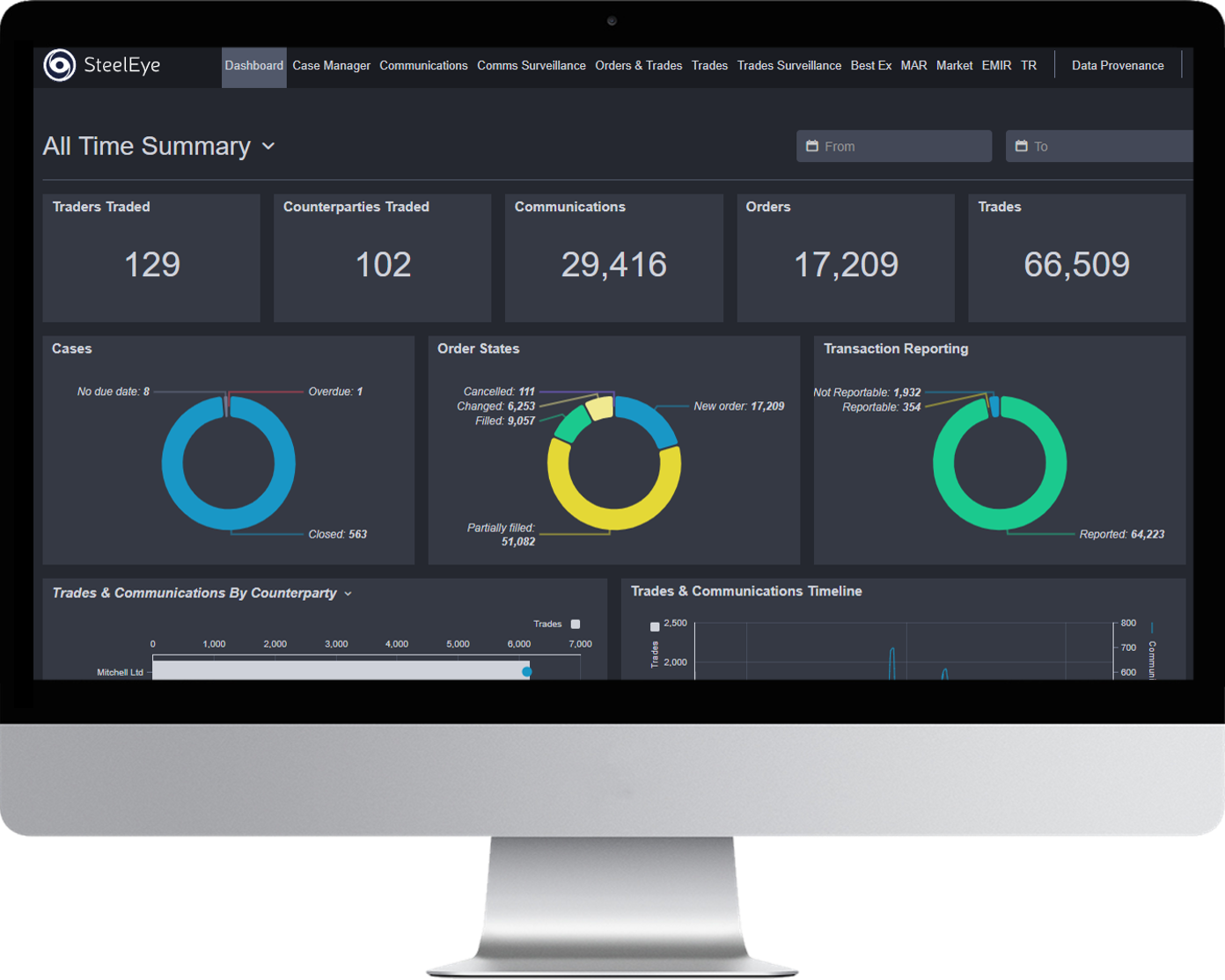All of these records must be kept in a ‘readily accessible’ medium, in a Write-Once-Read-Many (WORM) format, for a minimum of 5 years.
This is all so the relevant NCA can access and review records as and when requested.
In practice, a firm may be asked at any point to provide all the records that relate to a particular trade or client order. The firm would then be expected to ‘reconstruct’ the trade, bringing together all the transaction/order details, conversations, emails, meeting minutes and more.
Given the typical deadline for completing a reconstruction is 72 hours after a request is made, the ability to access, identify and connect different records across different data formats is a significant challenge for most firms.







